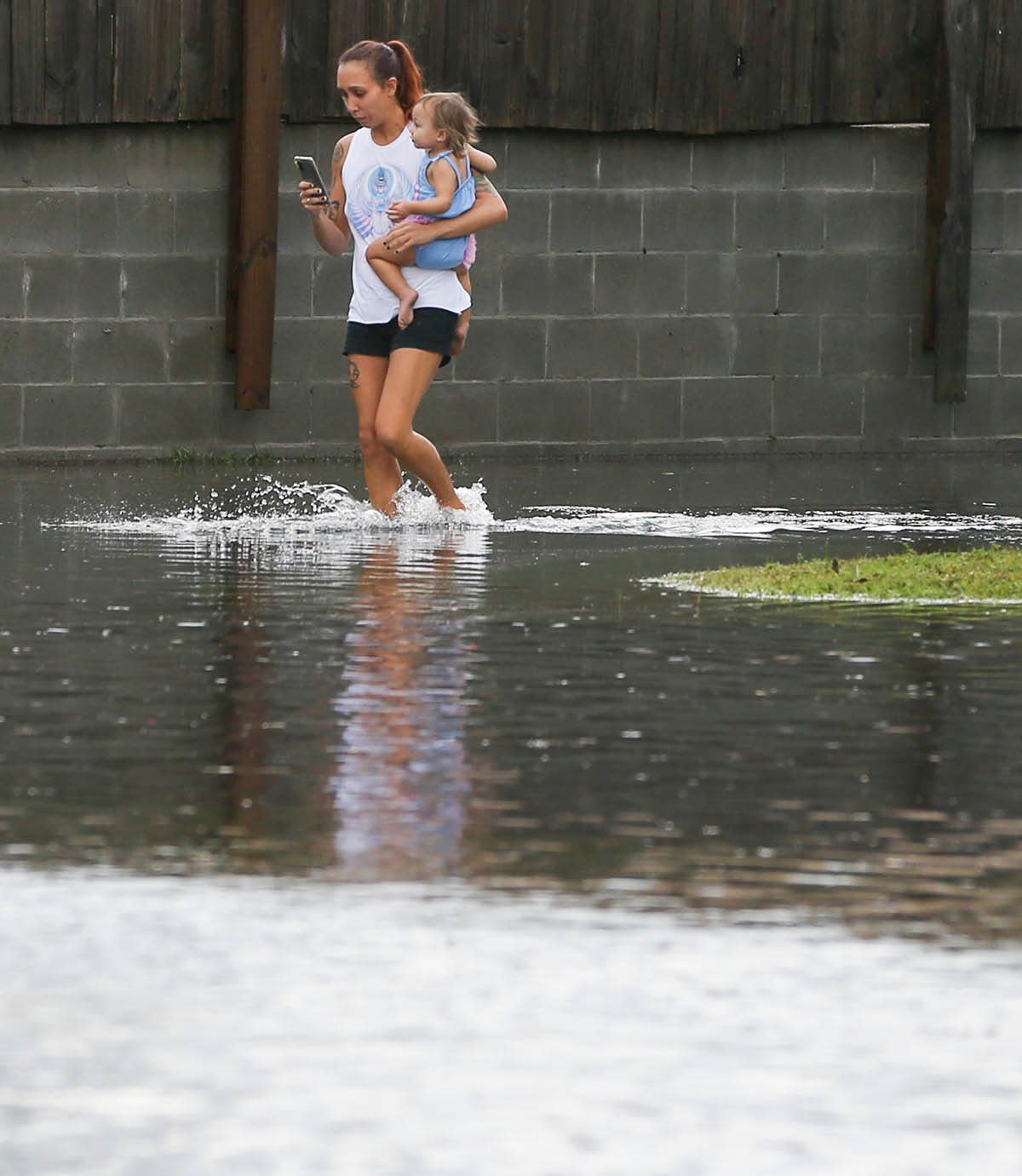Guest column: Urging Congress to update flood insurance

Flooding is the most common and costly natural disaster in the United States. Flood-related disasters have cost more than $850 billion in damages and losses since 2000, according to the Pew Charitable Trusts.
To make matters worse, the frequency and severity of flood-related events are predicted to grow over the next several decades. In fact, a recent report from the First Street Foundation estimates that in just 30 years the average estimated annual loss from flooding in the United States will be $32.3 billion a year.
These staggering numbers highlight the risk flooding poses to our nation’s infrastructure and financial stability.
For individual homeowners, flooding is just as devastating. Only one inch of water can cause up to $25,000 worth of damage that may not be covered by many standard homeowner insurance policies. The best tool homeowners have to protect their property is to purchase flood insurance. Sadly, less than 15% of homeowners across the United States have taken this step.
Today, most of the flood insurance that is purchased is provided by the federal government through the National Flood Insurance Program (NFIP). The NFIP was created by Congress in 1968 to build national resilience and to reduce costs to taxpayers after a disaster.
At the time, private flood insurance was unavailable because insurers did not have the technology to reliably model flood risk. In recent years this technology has advanced significantly, and private flood insurers have entered the marketplace, offering alternative flood risk transfer products and potential consumer benefits.
One of the advantages private flood insurance offers is increased options. The NFIP offers a maximum of $250,000 of building coverage; private insurers offer up to $500,000 or more for building coverage. In addition, no NFIP policy includes coverage for living expenses after a loss. In contrast, most private flood insurers include this in their policies. Private flood insurance also tends to offer shorter waiting periods and is generally more flexible to a consumer’s specific risk transfer needs.
Unfortunately, consumers are often hindered from realizing these potential benefits or from even knowing their potential flood risk. One barrier is the NFIP’s “continuous coverage” provision that requires a property to keep an active NFIP policy to remain eligible for certain premium discounts.
This is supposed to encourage property owners to keep a flood insurance policy in place, but it stops consumers from ever exploring private flood insurance alternatives. A better policy solution would allow property owners to remain eligible for discounts so long as they keep any flood insurance coverage in place, regardless of whether the flood coverage is provided by a private insurer or the NFIP.
Another issue is the lack of publicly available data about an individual property’s flood risk and flood claims history. In many states, consumers can purchase a property without any access to the property’s history of flooding.
Increased transparency would allow potential home buyers to make more informed decisions and increase awareness about the importance of buying flood insurance. To address these two problems, Florida Sen. Rick Scott recently introduced the Flood Insurance Consumer Choice Act and the Flood Insurance Transparency Act. FAIR urges Congress to pass these reforms.
All that being said, the NFIP is an incredibly important program that provides valuable flood mapping data, building code requirements, and is a lifeline to its millions of policyholders. But the NFIP alone cannot cover all of the U.S. flood risk. It must work with the emerging private flood insurance market.
Thus, FAIR urges Congress to consider ways, such as Scott’s bills, to support the private flood insurance market.
Paul Handerhan is president of the Federal Association for Insurance Reform, a nonpartisan, nonprofit association based in Fort Lauderdale.
This article originally appeared on Sarasota Herald-Tribune: Guest column: Urging Congress to update flood insurance

